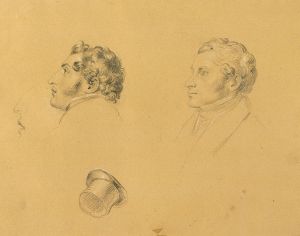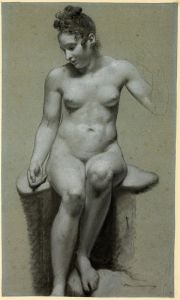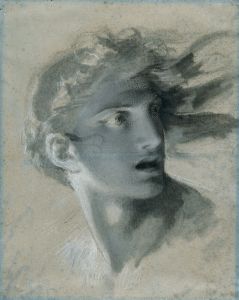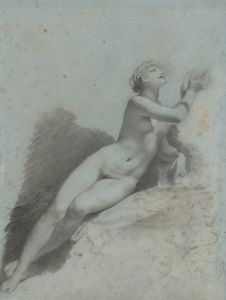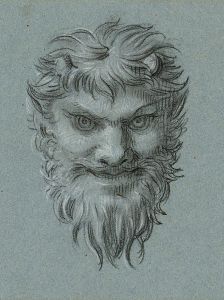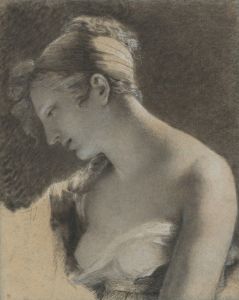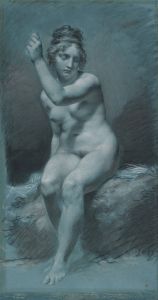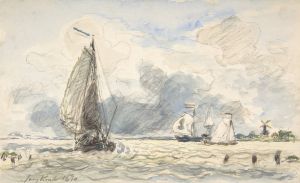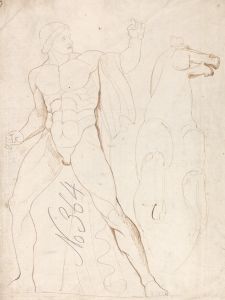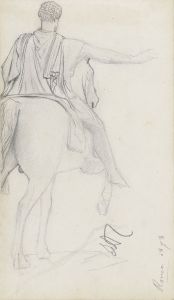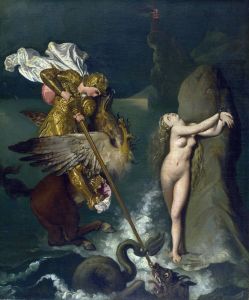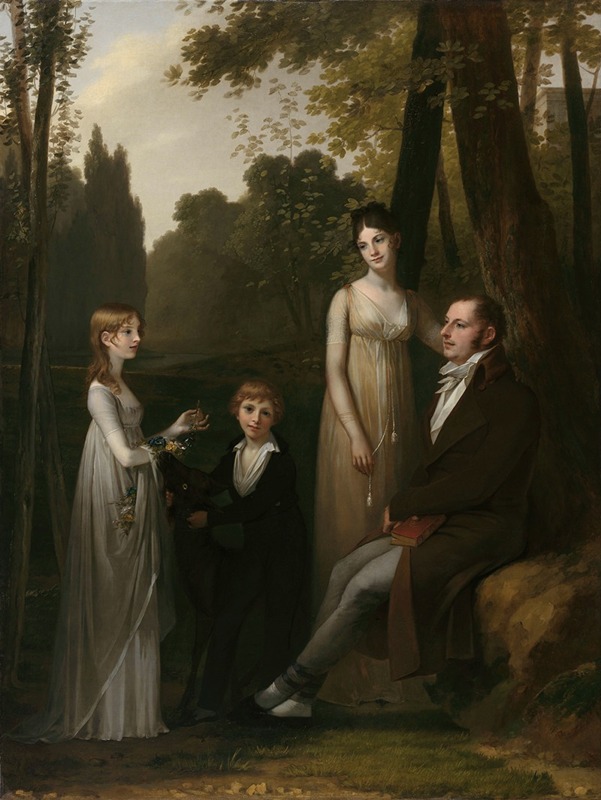
Portrait of Rutger Jan Schimmelpenninck and his Family
A hand-painted replica of Pierre-Paul Prud'hon’s masterpiece Portrait of Rutger Jan Schimmelpenninck and his Family, meticulously crafted by professional artists to capture the true essence of the original. Each piece is created with museum-quality canvas and rare mineral pigments, carefully painted by experienced artists with delicate brushstrokes and rich, layered colors to perfectly recreate the texture of the original artwork. Unlike machine-printed reproductions, this hand-painted version brings the painting to life, infused with the artist’s emotions and skill in every stroke. Whether for personal collection or home decoration, it instantly elevates the artistic atmosphere of any space.
The painting Portrait of Rutger Jan Schimmelpenninck and his Family was created by the French artist Pierre-Paul Prud'hon in 1801. This work is a group portrait that depicts Rutger Jan Schimmelpenninck, a prominent Dutch statesman, along with his wife and their two children. Schimmelpenninck was an influential political figure during the Batavian Republic, a period in Dutch history when the Netherlands was under French influence following the revolutionary wars.
Pierre-Paul Prud'hon, known for his mastery of neoclassical and romantic styles, was commissioned to create this painting during a time when Schimmelpenninck was serving as the Dutch ambassador to France. The portrait reflects the artist's skill in capturing both the dignity and intimacy of his subjects. Prud'hon’s use of soft lighting and delicate brushwork lends the painting a sense of harmony and refinement, which was characteristic of his style.
The composition of the painting is carefully balanced, with Schimmelpenninck seated prominently, symbolizing his status and authority. His wife is positioned beside him, embodying grace and elegance, while their children are included in the scene, emphasizing the importance of family. The setting and attire of the figures reflect the neoclassical aesthetic popular during the early 19th century, with an emphasis on simplicity and classical ideals.
This portrait is notable not only for its artistic qualities but also for its historical context. It provides insight into the cultural and political connections between France and the Netherlands during the Napoleonic era. Prud'hon’s ability to blend personal warmth with formal representation makes this painting a significant example of early 19th-century portraiture.
Today, the painting is housed in the Rijksmuseum in Amsterdam, where it is part of the museum's extensive collection of Dutch and European art. It remains an important work for understanding both the art of Pierre-Paul Prud'hon and the historical figure of Rutger Jan Schimmelpenninck.





